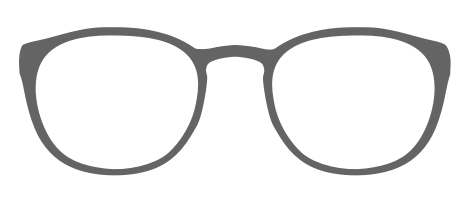Year after year, technology makes leaps and bounds for people of all ages. New computers, new phones, new watches, and lets not forget the new gaming consoles. The increase in technology has made it easier to take these devices with us anywhere we need to go. Thinner laptops and mobile gaming have been around for a long time, and so have handheld video games. However, current technology that uses screens also involve UV light. As these devices have become so widespread and easy to get a hold of, it’s rare to see a child not using one. The thing to remember is that their bodies are developing. This includes their eyes.
The times change with technology
Time in front of a screen is an idea that previous generations weren’t so heavily introduced to as children. Sure, the tube was around, and parents would tell their kids, “Don’t sit so close to the TV.” However, today’s children are born into a world where a screen is never far out of reach. As the TV was once a tool used by parents to grab a kid’s attention, now there are tablets and phones. Some people even refer to this generation as the Touch-Screen Generation. There is a lot to be said about just how prevalent these screens are, especially when young children can maneuver through the technology they’re attached to better than most adults.
Steps to prevent over-exposure and fatigue
Although there is currently not enough hard evidence of the potential harm screens have on children and their vision, it is always better to be wary of any possibilities and take precautions. For instance, as a work-from-home writer, staring at the screen for a prolonged period of time has caused some experiences of myopia (blurry distant vision). That said, one tip for anyone who deals with screens for even longer periods of time, follow the 20-20-20 rule. This will help to limit eye strain over the course of a work day as we tend to not blink very often when sitting in front of a screen.
Another vital top recommendation is to keep blue light filters running on any device that can activate one. Blue light is proven to penetrate through the eye all the way to the retina. When the retina is exposed to this light for prolonged periods of time, the changes that occur closely resembles that of macular degeneration. Keep in mind, some blue light during the day is good for maintaining a healthy circadian rhythm (the body’s natural way of knowing when to be awake and to get some sleep). However, when screens are used in bed at night, the blue light is capable of throwing off the circadian rhythm and causing sleepless nights and tired days.
Kid’s hobbies with screens
Unfortunately, when it comes to children, they aren’t as aware of the need to look away from screens periodically. With the constant release of new technology, comes new gaming consoles. New gaming consoles means new games. For kids, this is like hearing Santa is visiting twice this year. As soon as that new game hits stores, they want to be the first to play it. Let’s not forget the new way to play with virtual reality. Being able to almost completely become immersed into an imaginary world sounds like fun, and maybe it is. But like most indulgent aspects of life, games with screens shouldn’t be overused.
It has been proven that UV light is associated with several eye problems including macular degeneration and cataracts. Children are at a higher risk of damaging their eyes because they spend so much more time outside. As their eyes are developing, the lens inside their eyes is much clearer and pupils much larger. Together this allows more of the UV rays to absorb into the eye.
Since there isn’t yet enough scientific data on the topic of kids’ eyes and their exposure to screens, err on the side of caution. Setting time limits when a child uses a computer, tablet, touch-screen phone, or gaming console is the best way to reduce exposure and eye strain. It’s important to remember that their eyes are still developing, and kids don’t usually know when enough is enough while their having fun.


